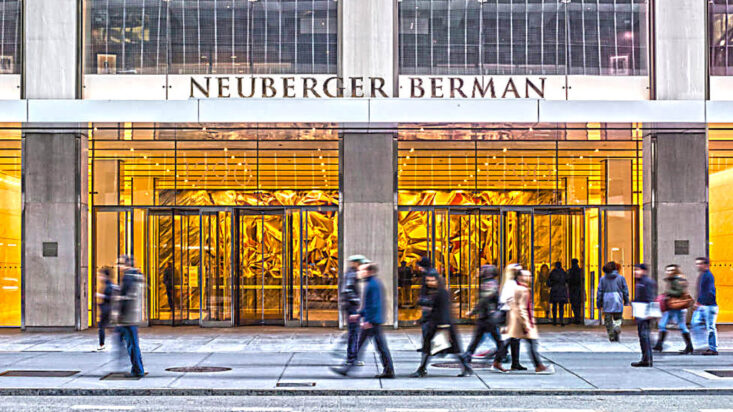The world after COVID-19
As the year from hell winds down around the world, an influx of 2021 outlooks have flooded adviser inboxes around Australia. Most should be taken with a grain of salt, the standard global equity managers flagging strong equity returns and long bond managers suggesting the duration game isn’t over yet. In my experience though, the more insightful and actionable pieces tend to come from multi-skilled, multi-asset managers, in this case, Neuberger Berman.
The group is little known in Australia outside of their higher yield listed investment company, but the independent asset manager has over US$374 billion in assets primarily across equities and fixed income markets. The paper, authored by Erik Knutzen (Macro), Brad Tank (Fixed Income), Joe Amato (Equities), and Tony Tutrone (Alternatives) suggests a combination of nimbleness, flexibility and long-term thinking as they seek to keep delivering in 2021 and beyond.
Before the Coronavirus hit in 2020, most economists had been predicting a global recession in 2021 or 2022 regardless, as slowing profit growth caught up with increasing interest rates. Interesting a typical recession doesn’t usually come with the stimulus that a ‘pandemic recession’ does, which may be a blessing in disguise. Knutzen highlights that the economy is now seeing ‘early-cycle dynamics not seen for a decade: above trend-line GDP and corporate earnings growth, declining unemployment and rock-bottom interest rates’. In a surprise to many, he sees ‘limited drivers of substantial inflation before 2022’.
Whilst there is some tepidity around the digitisation trend, through which more consumers are now working, shopping and receiving various services from their home, it is clearly here to stay. They suggest the case for automation of factories, warehouses, offices and homes has been strengthened and will become permanent fixtures particular as 5G access grows. They see one major implication of the pandemic being the shortening and diversification of supply chains, likely at the cost of consumers. This is something we have seen at home as shopping centres became distribution centres, and companies like JB Hi-Fi Ltd (ASX: JBH) chose to use their stores as logistics hubs.
Fixed income – ‘go anywhere’
Fixed income, they suggest, is in the most complicated position, with a short-term spike in credit spreads overcome by central bank intervention. The result, however, is a ‘complex mix of early and late cycle characteristics, and default and valuation risks. Tank’s solution is a “go anywhere” approach and a focus on relative valuations of asset classes with active management.
The leaders suggest that currency, rather than interest rates, will become the most important indicator of macroeconomic strength in the year ahead, citing central banks intention to keep rates lower for even longer than expected. The outperformance of any particular economy would then be reflected in their currency, which would ‘strengthen the case for dynamic currency hedging’.
Equities
It’s more of the same amid heightened equity market valuations, with prevailing conditions suggesting continued support for ‘growth stocks and long duration assets’. They suggest the early cycle dynamics, such as the initial bump in retail sales will support cyclicals, but that ultimately a period of secular stagnation will dominate; low rates, low growth and low expected returns.
Fundamental analysis will be more important than ever, with investors advised to seek genuine long-term growth opportunities from sectors and sub-sectors that are growing faster than the real economy. Digital transformation is clearly set to be a highlight, but more importantly the smaller, sub themes and different parts of the supply chain that fall into this, which can ‘transcend regions’.
Alternatives
It has been clear from most adviser and direct investor surveys that alternative assets will gain the lion’s share of flows in 2021 and beyond. Tutrone says ‘resilient growth will be in favour’ but valuations will be more important than ever. He sees private equity continued to prefer software, technology and healthcare companies, with a tilt towards China’s fast growing market increasingly popular.
The performance of liquid alternatives in 2020 has been somewhat underwhelming, with many risk-controlled strategies unable to deliver in such a widely swinging market. Given the unusual mix of both late and early stage conditions, the author suggests there will be short windows of opportunities for liquidity strategies, but particularly long-short, distressed and short-term trading. They will, however, require nimbleness and flexibility. On the solution to the long duration bond conundrum, insurance linked securities, whose payouts are driven by insurance events, as a potential portfolio diversifier.










